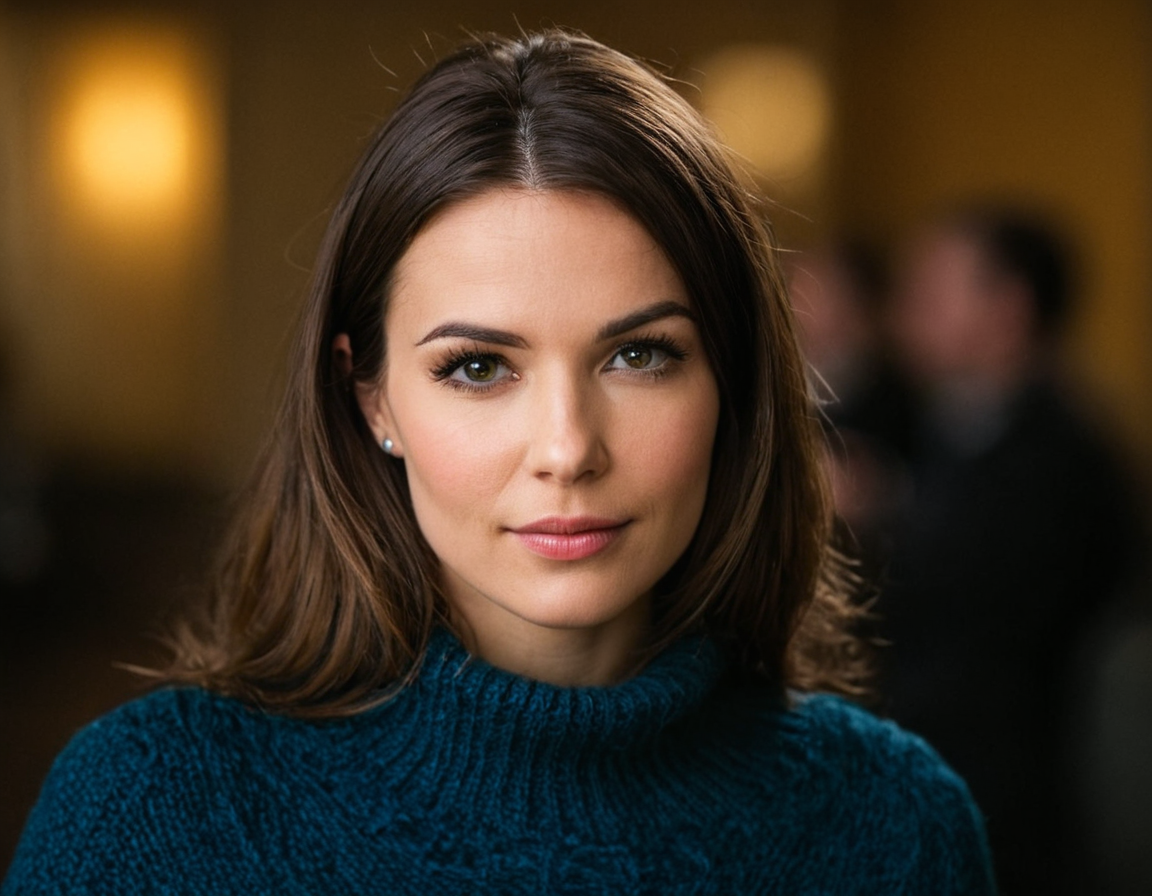Master Portrait Photos w/50mm F1.4

Optimizing Portrait Photography with the 50mm f/1.4: A Technical Guide
Introduction
The 50mm f/1.4 lens is a staple in the world of portrait photography, offering a unique combination of focal length, aperture, and optical design that can produce exceptional results. However, mastering its technical aspects requires a deep understanding of its capabilities and limitations. In this guide, we will delve into the world of 50mm f/1.4 portraiture, exploring its benefits, challenges, and practical tips for optimization.
Understanding the 50mm Focal Length
The 50mm focal length is an ideal choice for portrait photography due to its ability to capture a flattering perspective while maintaining a natural compression. This compression helps to create a sense of depth and dimensionality in the image, drawing the viewer’s attention to the subject’s face.
Aperture and Depth of Field
One of the primary advantages of the 50mm f/1.4 lens is its wide aperture, which allows for a large depth of field. This means that both the subject and background can be kept sharp, creating a more pleasing and natural-looking image. However, this also introduces challenges, such as ensuring that both elements are in focus.
Working with Aperture
To effectively utilize the 50mm f/1.4 lens’s aperture, it is essential to understand the impact of depth of field on your composition. When working with a wide aperture, consider the following:
- Ensure that the background is not too distracting or overpowering.
- Be mindful of the subject’s personal space and ensure they are comfortable with the level of compression.
- Use the lens’s autofocus capabilities to quickly switch between subjects.
Optical Design and Lens Flare
The 50mm f/1.4 lens features a unique optical design that can produce lens flare, especially when shooting towards light sources. This can be mitigated by using:
Avoiding Harsh Lighting
- Shoot during the golden hour (dawn or dusk) when possible.
- Use softbox lights or other diffused lighting options.
- Position yourself to minimize direct sunlight.
Camera Settings and Composition
When working with the 50mm f/1.4 lens, it is crucial to consider camera settings that complement its capabilities:
Understanding ISO and Shutter Speed
- Keep ISO as low as possible (preferably under 400) to minimize noise and digital artifacts.
- Adjust shutter speed according to the lighting conditions and desired effect.
Conclusion
Mastering portrait photography with the 50mm f/1.4 lens requires a deep understanding of its technical aspects, as well as an eye for composition and aesthetics. By following this guide, you will be better equipped to produce images that are both technically proficient and visually stunning.
As you continue to explore the world of portrait photography, remember that every image is a reflection of your artistic vision. Experiment with different techniques, push boundaries, and continually challenge yourself to grow as an artist. The results will be worth it – a portfolio full of captivating portraits that showcase your unique perspective and style.
Tags
portrait-photography mm-f-lens compression-techniques flattering-perspective depth-of-field-mastery
About Amanda Lee
Hi, I'm Amanda Lee, a seasoned photographer and blogger passionate about helping creatives grow their skills. With a background in photo editing software like Lightroom & Photoshop, I share practical tips, tutorials, and inspiration on lentecreativa.com to help photographers elevate their craft.
